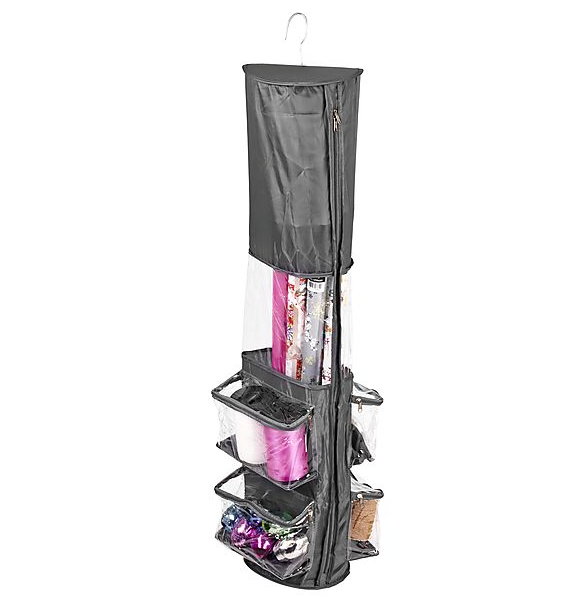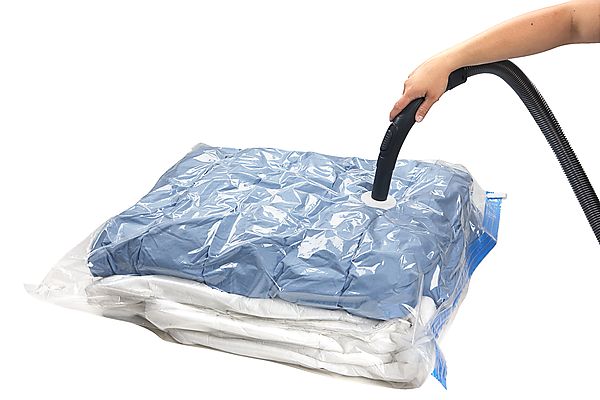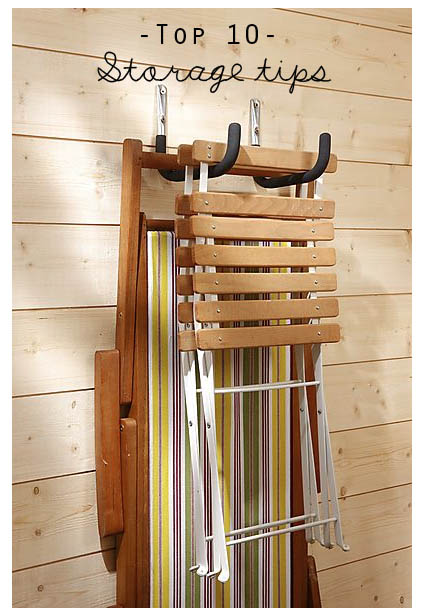I know it’s only been a few months since I declared my decluttering mission to be over but I have to admit that I *may* be back on it. The problem we have is that our lovely home office, filled to the brim with craft materials, stationery, books and props has got to go – I know, I know! We will need to convert the room to a nursery in a few months time because even though we will have the baby in our room for the first few months we have nowhere else in our flat to store baby stuff and we want a guest bed back in that room so that family can come and stay (to help!). At the end of the day, my office has been a luxury and I will definitely be able to cope without it.
However, I don’t want to get rid of all my office ‘stuff’ so I am starting to think about different storage methods as well as traps I shouldn’t fall into. Here are my top tips…
1) Don’t store things under furniture
I’m always at risk of stuffing everything I own under my bed but if at all possible try your best not to do this. If you have a bed, sofa or cupboard that is raised off the floor on legs you should always try not to store things underneath them as this will block out light and instead of light from your windows being able to travel freely around a room it will be adsorbed by all the nasty clutter.
2) Make good use of doors
The back of a door in a room or the inside of a cupboard door is invaluable space to store things. Make as much use of them as possible. I have a set of hooks on the back of every door in our flat and because we always have the doors open you can’t even see what is stored on them. We also have a shoe organiser on the back of our hallway cupboard, our ironing board on the inside of another hallway storage cupboard door and every single kitchen cupboard has storage for pan lids, cleaning materials, foil and cling film or food. This hanging organiser would be perfect for some of my craft materials and could hang on the back of a door and will keep everything organised and easily accessible.

Hanging organiser from Clas Ohlson
3) Store smaller items in boxes/baskets on shelves
I have so many little bits and bobs in my office and the best way of storing those is in boxes or baskets that I can neatly store on shelving. I always add tags or labels so that I know exactly what is in each box, which makes it easier to grab stuff when I need it.
Wooden boxes and wire baskets from Clas Ohlson
4) Store similar things together
I think this is really helpful rule and easy enough to follow. Don’t create storage boxes full of random bits and bobs that you’ve just thrown together; plan what needs to be stored and group things together in a thoughtful way. This will enable you to access your stuff much more easily.
5) Transparent storage boxes
There are always going to be a few things (ok, maybe more than a few) that you want to keep but you don’t need regular access to. I like to store these things in transparent storage boxes that go in our large hallway cupboard. Being transparent means I can glance at them and know what is in each one and that way I don’t forget about things.
Storage boxes from Clas Ohlson
6) High shelves
I love a high shelf (I’ve written about them before here) and we have them above most doors in our flat. They don’t encroach on the space, they can provide a large amount of storage in otherwise wasted space and they are so easy to put up and cheap.
7) Baskets
I LOVE a basket or ten and they are perfect for every room, every landing, passageway or corner that I can get them into to help collect those extra things that need a home – blankets, magazines, shoes, slippers, bags.
Bamboo baskets and black baskets from Clas Ohlson
8) Organise your drawers
Inserts to help make the most of the storage space in drawers are a godsend and make a massive difference.

Drawers inserts from Clas Ohlson
9) Vacuum pack clothes and linens
There will definitely be a bit of vacuum packing going on around here as I need to make space in wardrobes so out of season clothes and spare bedlinen/duvets will need to make way. The added bonus of vacuum storage bags is that they keep clothes and linens protected from dust, damp and moths.

Vacuum storage bag from Clas Ohlson
10) Use wall space
It’s all about using wall space rather than floor space. The more floor space you can free up the bigger and more spacious your home will feel. Don’t go overboard but do take a good look around and see if there are walls that could be working harder for you.

Storage hook from Clas Ohlson
I hope some of these tips may help you if you’re struggling with space. I’ll let you know how I get on when I start the job in a couple of months.
Katy x
*This post was written in collaboration with my blog sponsor for this month Clas Ohlson






















